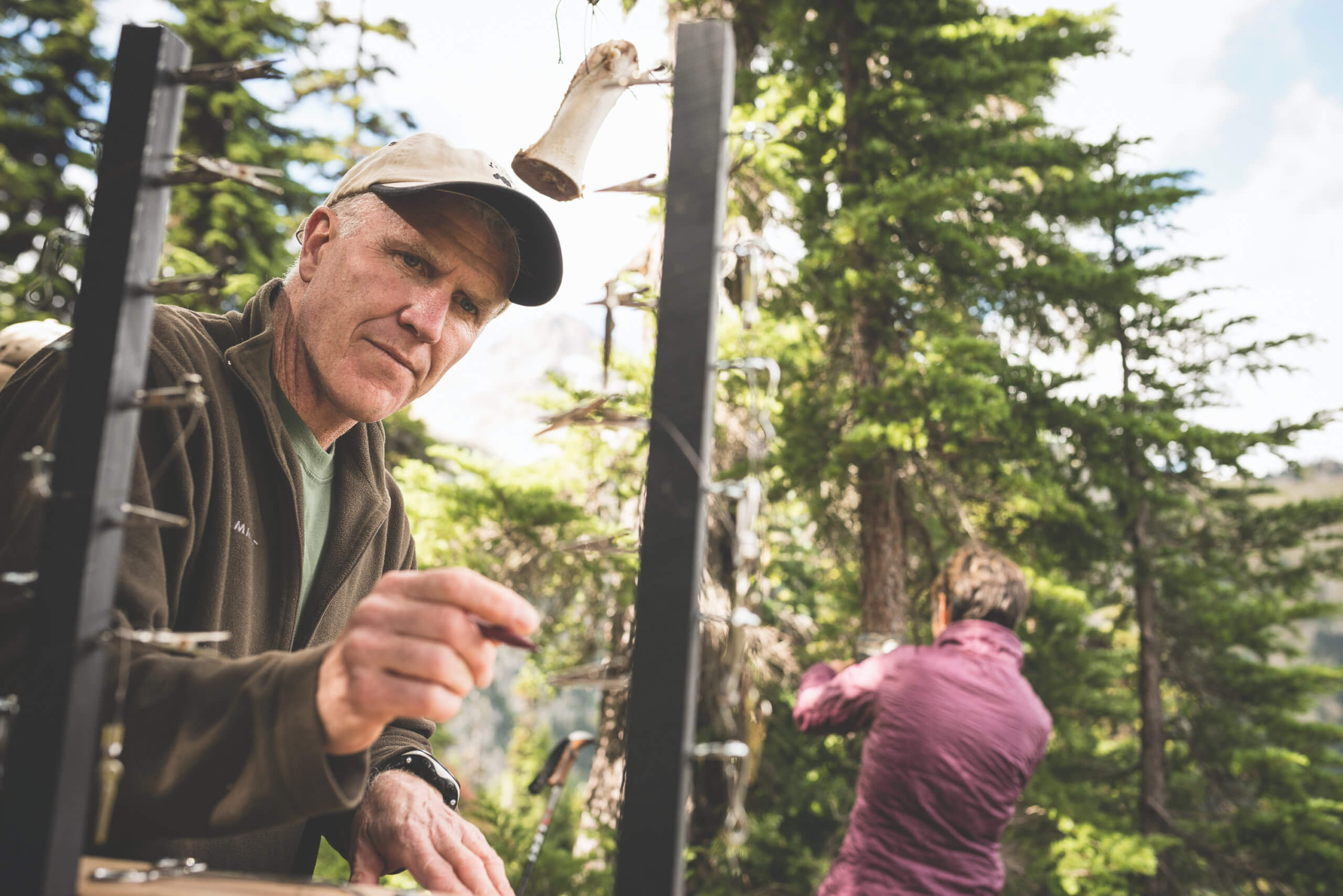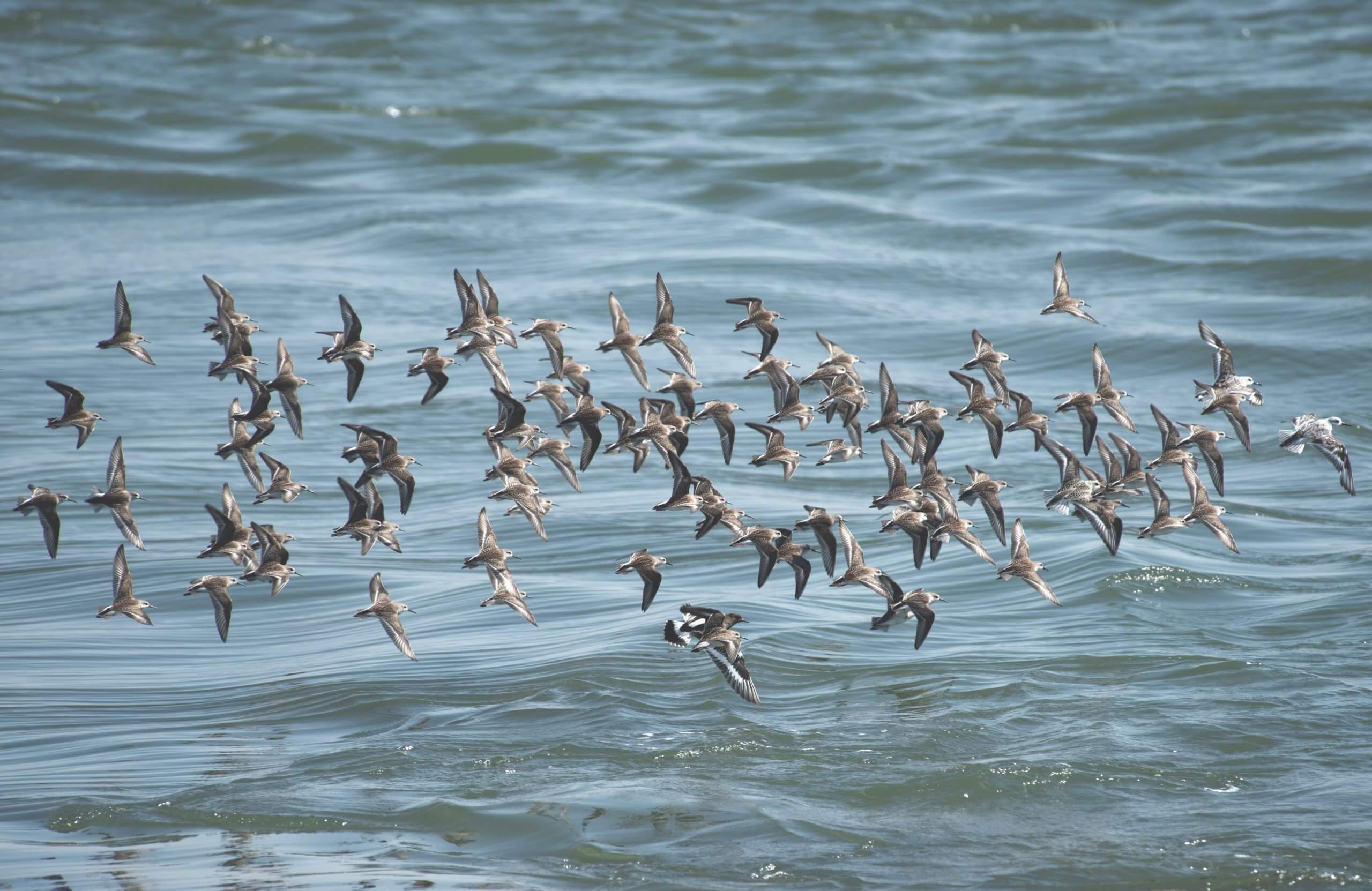By Heather Mannix
Published Oct. 6, 2015
Categories: Communication
Tags: conferences, context, connecting, IMCC, know your audience, passion, perspective, practice, story
A little over a year ago, eight scientists stepped out of their comfort zones and took to the stage to share a piece of their worlds. Without leaving a dark auditorium in Glasgow, we were transported to a fish spawning site in Australia, a night dive full of glowing plankton in the Philippines, a reef rescue mission in the Seychelles and a lionfish hunt in the Caribbean. We heard of the experiences that inspired a scientist to start a non-profit organization that raises awareness of the importance and vulnerability of fish aggregations, and how another scientist gained the trust of local fishers to get a more complete picture of the community and ecosystem in which she was working.
Today we are excited to announce that these short, inspiring stories, from the event Tales from Sea, are now available on the Society for Conservation Biology website. You can view them here.
As with all science communication, the art of storytelling takes training and practice.
These stories were the product of a two-day storytelling workshop before the third International Marine Conservation Congress (IMCC3). This workshop was a collaborative effort between Stephanie Green, a Smith Fellow at Oregon State University (OSU), Kirsten Grorud-Colvert, also at OSU and with the Partnership for Interdisciplinary Studies of Coastal Oceans (PISCO), and Erica Goldman at COMPASS.
Storytelling is our brains’ natural currency. Research has shown that we comprehend stories faster than other information, and that certain levels of causality in storytelling have a positive effect on our recall.
As scientists, you have a front row seat to the story as it unfolds. You are embedded witnesses to natural history and the processes of our planet and beyond. Stories let you connect this knowledge to a broader world. The use of story as a communication technique can help you organize and extract meaning from your knowledge as a scientist. Repackaging your experiences with a beginning, middle and end can help you better make sense of them, and share them with others.
Many audiences that you might hope to reach also look for stories. Journalists are inherently attuned to find the story, and you don’t have go any further than CSPAN to hear the narratives used in Congress to argue for or against a piece of legislation.
If you’re looking for a place to start using narrative to communicate your science, consider including the following basic elements of story.
Character: A character is a sympathetic personality revealed over the development of the narrative. Consider who the characters might be in your story. They might be obvious – you, or one of your colleagues. Or they might be more creative. The character in Delphine’s story was a fish that traveled from a port in North Africa through the Mediterranean Sea, showing us why it is so important to consider connectivity when we manage fisheries.
Scene: The scene, the place where the action occurs, is crucial. Think about all the senses when setting the scene. What can we see, what can we feel? Perhaps the taste of saltwater is in the air, or the smell of a wildfire in your nostrils. Skye made us feel that we were sitting on the rock beside her, looking at a beautiful beach with gulls crying in the background as she waited for her eventful day to begin.
Time: Time is used to define the limits of the story and organize the action. Often, it’s more effective to pull out one piece of the story. Nohora’s story focused on one particular interaction with a government official, that represented a turning point in the longer story of her work to secure a marine protected area on the coast of Colombia.
Conflict & Resolution: To make a story effective, there must be a situation that the main character confronts and solves. Fadilah had us on the edge of our seats as she described her quest for 10,000th lionfish – and had an unexpected result.
If you’d like to get more in-depth, there are many ways to develop your skills. Erica described some in her excellent blog post last August. You may also want to check out these other groups – they all approach storytelling a little differently, but have a lot to offer to this wonderful medium of communication:
Intermedia Story Collider Fame Lab Alan Alda Center for Communicating Science The Moth Story District (previously SpeakeasyDC) World Science Festival



